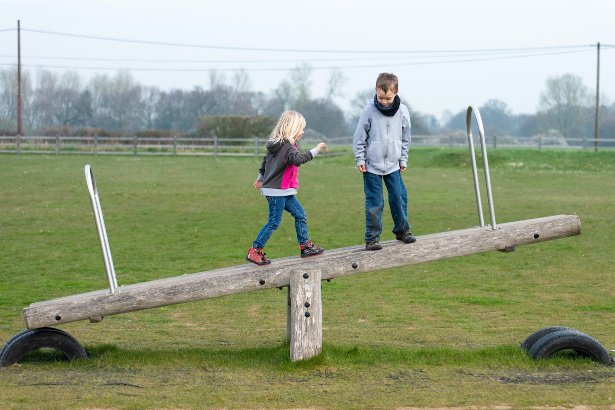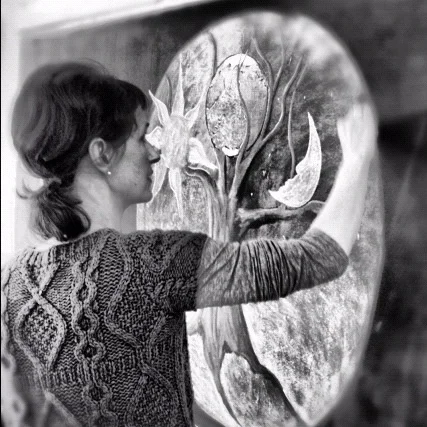Waldorf Science: What is a phenomenological approach to teaching?
Q: What is a “phenomenological approach” when teaching science in Waldorf education, and what are its benefits?
(This post is part of a series in which we answer the most common questions we receive in our inbox re: homeschooling, Waldorf curriculum/pedagogy, and whatever else comes our way!)
A: Waldorf science curriculum is taught using a specific strategy called the phenomenological approach. Don’t worry, we’ll explain! It’s actually much more approachable and doable than it may first appear.
A phenomenological approach emphasizes the direct observation and exploration of the natural world through one’s senses.
In Waldorf education, the middle school science curriculum includes sensory experiences-like movement!
Students learn best when they are actively engaged in the learning process, and when they are able to connect their experiences and observations to the laws of science.
By fostering a sense of wonder and curiosity about the world around them, this approach aims to inspire students to become lifelong learners and form deep connections with the natural world.
(To learn more about teaching science in Waldorf middle school grades, click here!)
So, what does “doing” really look like when applying the phenomenological method to science curriculum?
Here are some concrete examples…
Sixth graders use wax, a heat source, and various types of metals to learn about conductivity.
Seventh graders are tasked with lifting a heavy object, such as a tree stump, and explore how a lever and fulcrum can make the job the most efficient.
Eighth graders create lip balm and lotions to study the different properties of fats and oils.
Do. Observe. Conclude.
When we apply a phenomenological approach to teaching, students connect their experiences and observations to the laws of science.
Through hands-on activities and experiments, students develop a sense of wonder and curiosity about the world, which in turn inspires life-long curiosity and deep connections with the natural world.
Plus bonus, it’s a lot of fun for students AND educators alike!
About the Authors
Robyn Beaufoy is Waldorfish’s CEO, and a course instructor in three of our courses - Simple Season, Waldorf Art for Beginners and Weekly Art Foundations. You’ll find her intuitive touches and influences throughout everything Waldorfish offers! Robyn has been in the world of education for over 25 years, with an MA in Education and a certification in Waldorf teaching - she also homeschooled both of her children. In 2012 Robyn co-founded Waldorfish.com, creating it with the vision of making Waldorf inspired-art and pedagogy more accessible, joyful, and doable to homeschoolers all over the world.
Caitlin Amajor is Waldorfish’s course instructor for Geometry grades 5 & 6, and Botany, as well as our Administrative Assistant. From a young age, Caitlin has been immersed in Waldorf education, attending a Waldorf school from K-8. After receiving a BA in History, Caitlin gained her certification in Waldorf teaching, and spent seven years as a Waldorf class teacher in the upper grades. With a special fondness for watercolor painting and geometry, Caitlin loves bringing Waldorf education to her students all over the world, and seeing their own individuality and style bloom from the curriculum!









